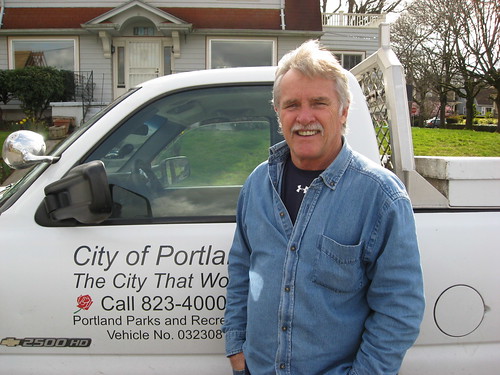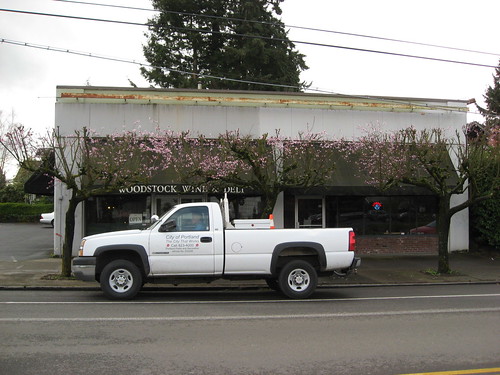Tag: beech
Ride-along unearths tree removal policies

Sometimes the street tree inspection is done before the pickup truck is parked.
That’s what comes with 20 years of experience as a Portland Urban Forestry tree inspector.
Ned Sodja, one of eight urban forestry inspectors for Portland, is responsible for all residential street tree removal inspections in Southeast Portland.
Dealing with street tree removals—both fining for illegal removals and issuing permits for approved removals—Sodja often finds himself using his people skills as much as his tree knowledge.
“As an area inspector you gotta have a broad knowledge of trees, then you gotta communicate well, then you gotta be well-versed in customer service,” said Sodja.
As far as fines for violations go, Sodja, like a police officer, has some leeway for discretionary calls.
“Most of the time I won’t fine them but they’ll have to do something,” said Sodja, referring to the costs of properly replacing a street tree.

Portland street trees are planted in the strips between curbs and roads, an area owned by the city but the responsibility of home or business owners.
This fact is a common reason why unknowing citizens can be fined up to thousands of dollars for removing a street tree.
Upon paying the $35 application that gets Sodja on the scene for an inspection, the main criteria for removal is if the tree is dead, dying or dangerous.
At his first stop last Thursday, the street tree was an excellent candidate for removal because it was topped for utility lines, had chopped roots that had previously necessitated a sidewalk replacement, and most importantly, it was leaning precariously.
“If this tree had a big canopy it already would of fallen into the street,” remarked Sodja, also spotting decay in the tree. “This is a pretty easy call.”
With that decision, Sodja spray paints a small dot on the curb indicating the best location for a replacement tree, and then returns to his cab to take notes.
Taking off one of his four pairs of sunglasses in the cab, Sodja explained that being a city employee is often what supports his decision-making process.
“It’s all liability—how can I alleviate liability for the city,” he explained. “Everything I do out here I got to justify.”
